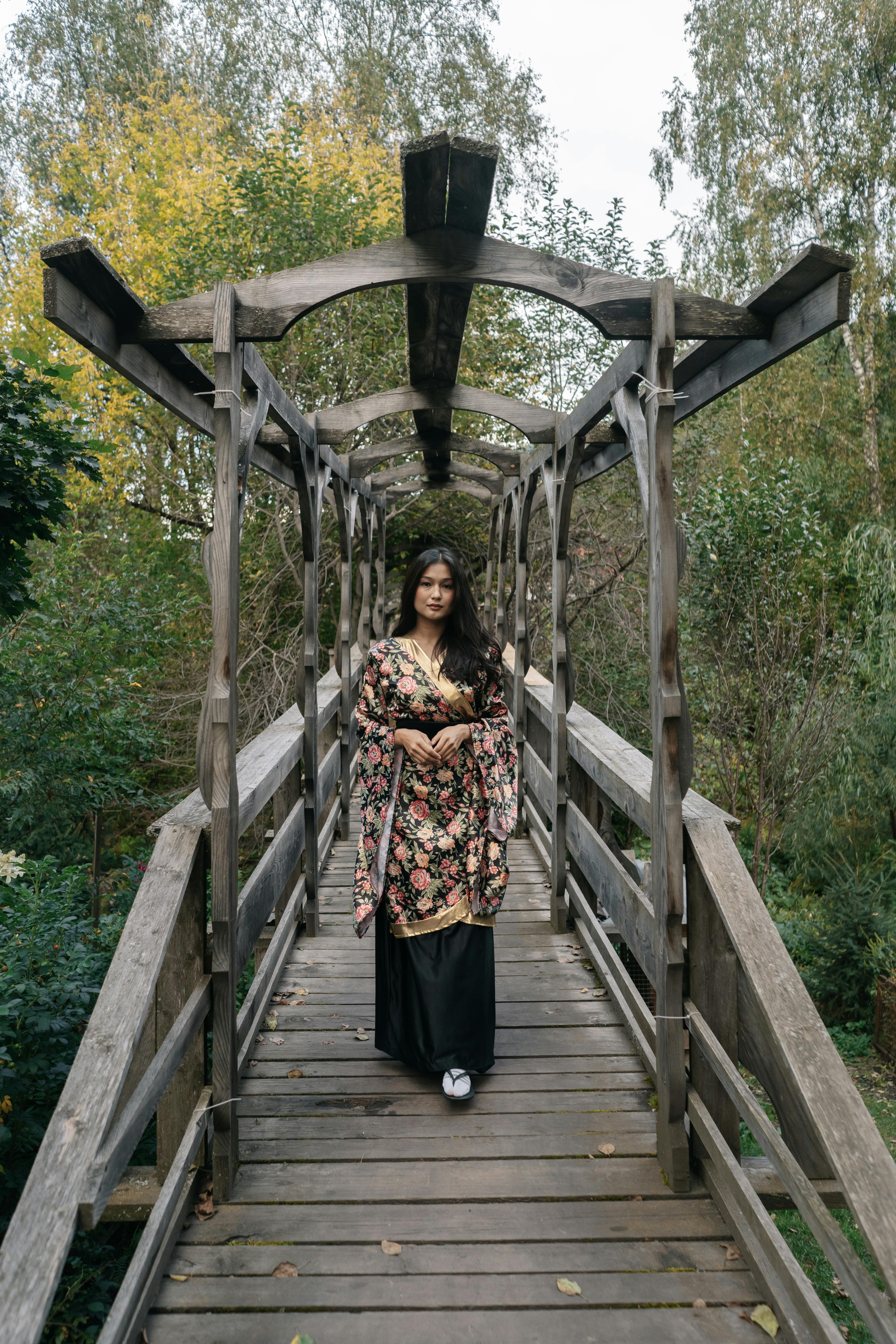When it comes to indian ceremony practices, there’s so much that happens, and it often starts long before the great time. Before the wedding walks down the aisle, the bridegroom is welcomed by his rapidly- to- remain in- regulations and friends https://dailyillini.com/life_and_culture-stories/2023/02/06/long-distance-relationships/ with a procession known as the baraat. The wedding is escorted by his friends or on the back of an elephant to the ceremony webpage( mandapa) where his upcoming mom- in- legislation will wash his feet, sprinkle him with vermillion and give milk and honey. She may even attempt to steal his shoes, which he will have to pay for if she succeeds. The wedding is subsequently adorned with flowers for luck and prosperity and he wears an ornate sherwani.

In front of the mandap is a spiritual blaze that represents Agni, the Hindu god of lifestyle. The bride and groom did stroll around the hearth together four or seven days– these are called pheras. During this ceremony, the couple https://asiansbrides.com/indiamatch-review/ is blessed for foodstuff, success, joy, children, and tranquility as well as their commitment to each other.
After the pheras, it’s time to marriage! The kanyadaan, also known as roka, epic or sakharpudra, is when the couple’s parents gives her ahead to the groom. The couple then change bands and the priest recite a chorus that absolves them of their debts to their parents and relatives and invites them into their households. Then the groom places the Mangalsutra around the neck of his wife and they take seven steps forward, each representing one of the following: dharma ( morality ), artha ( wealth ), kama ( personal gratification ), moksha ( spirituality ). They are therefore publicly married!

